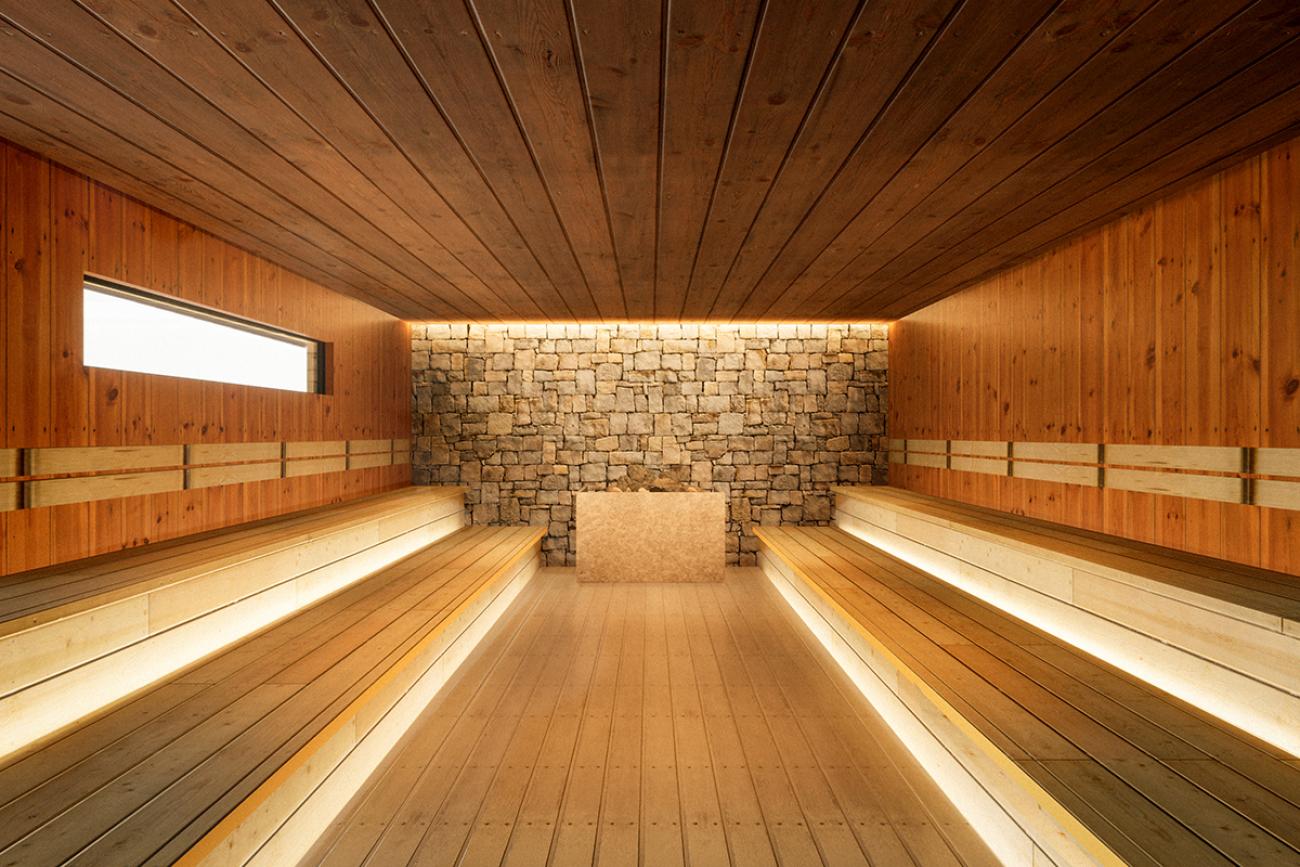

Hinoki wood, also known as Japanese Cypress, is one of the most valued and revered types of wood in Japan. Its scientific name is Chamaecyparis obtusa, and it belongs to the cypress family (Cupressaceae). In Japanese, Hinoki is written as 檜 or 桧, symbolizing its deep connection to Japan’s spiritual and architectural heritage. Hinoki is not merely a construction material; it is a symbol of purity, reverence, and the enduring essence of nature in Japanese spiritual life [1].
Hinoki possesses outstanding biological and physical characteristics, making it a top choice for warm and humid environments like bathrooms, saunas, or traditional Japanese wooden bathtubs (ofuro).
Naturally Antibacterial & Mold-Resistant
Hinoki contains hinokitiol and phytoncide – compounds with antibacterial, antifungal, and insect-repellent properties, requiring no chemical treatment. This ensures optimal hygiene in humid, high-temperature environments like saunas, where other types of wood might deteriorate [2], [3].

Heat-Resistant & Thermally Insulating
Hinoki retains its shape and structure under high heat without warping or cracking. Additionally, it absorbs and releases heat slowly, so the surface remains safe to touch – a critical safety feature in sauna design [1].

Natural Aroma with Health Benefits
Hinoki’s light, citrus-like aroma helps calm the nervous system, reduce heart rate and blood pressure, and elevate mood. Studies show that essential oils from Hinoki enhance parasympathetic nervous system activity – providing deep relaxation within minutes of exposure [3].

Elegant and Meditative Aesthetics
With its creamy yellow to ivory white hue, fine grain, and straight fibers, Hinoki lends a refined, bright, and clean feel to any space. In sauna settings, it creates a luxurious, meditative atmosphere closely connected to nature [2].


Hinoki’s history is closely tied to Japan’s most iconic structures. The Hōryū-ji temple – one of the oldest wooden buildings in the world – and the Ise Grand Shrine – a sacred site in Shintoism – were both built primarily using Hinoki. Historically, Hinoki has been considered a “sacred wood,” used in religious structures, palaces, public baths (onsen), and traditional bathtubs (ofuro).
Today, many modern Japanese architects continue to incorporate Hinoki into sauna and spa designs. For example, the handcrafted sauna project in Keihoku (Kyoto) by Studio 2M26 uses Hinoki alongside traditional carpentry techniques to create a natural and minimalist sauna experience [1].
Due to its rarity and the strict harvesting controls, companies like Hinoki Soken in Gifu Prefecture now supply products made from Kiso-Hinoki – a premium grade of Hinoki that is carefully selected by hand to preserve traditional Japanese woodworking quality and culture [3].
Benefits

Antibacterial and Moisture-Resistant → Ensures a hygienic sauna environment, prevents odors and mold.
Safe for Skin Contact → Does not overheat, non-allergenic, ideal for direct contact.
Natural Fragrance → Promotes deep relaxation, improves breathing, and reduces anxiety.
High Aesthetic Value → Bright color, beautiful grain, perfect for spas and meditative spaces.
Durable When Properly Maintained → Long lifespan; retains scent and structure for decades.
Drawbacks
High Cost: As a premium imported wood from Japan, Hinoki is significantly more expensive than common types of wood.
Limited Supply: Mostly sourced from strictly managed plantations in Japan, and often subject to counterfeiting.
Requires Careful Maintenance: Needs regular cleaning and protection from standing moisture or prolonged sun exposure.
Not Suitable for Outdoor Use Without UV Treatment: Prolonged exposure to sunlight and harsh weather may cause fading and scent loss.
Sources:
[1] R. Rowell, Wood and Cellulosic Chemistry, 2nd ed. Boca Raton, FL: CRC Press, 2005. [Online]. Available:
https://books.google.com.vn/books?hl=vi&lr=&id=KRHGj8fm9psC&oi=fnd&pg=PA6&dq=hinoki+for+sauna+room&ots=VbU1mOLuMa&sig=A73xiSBwCFBtoB82cYXiJNpWN80&redir_esc=y#v=onepage&q=hinoki%20for%20sauna%20room&f=true
[2] Hinoki Soken, "Hinoki Wood Materials." [Online]. Available: https://www.hinokisoken.jp/en/material.html. [Accessed: Aug. 1, 2025].
[3] Irasshai Store, "Hinoki Wood & Japanese Wellness Products," Irasshai Store, 2022. [Online]. Available: https://irasshai.store/blogs/news/hinoki-wood-japanese-products. [Accessed: Aug. 1, 2025].
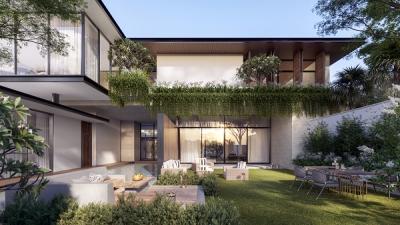
The News 10/11/2025
In the midst of the hustle and bustle of urban life, many Vietnamese families are looking for a different living space – where they can enjoy modernity without being far from nature. Tropical Modern villa architecture is the perfect answer to this need. Not only an aesthetic trend, this is also a smart design philosophy, harmoniously combining technology, local materials and Vietnam's typical tropical climate.
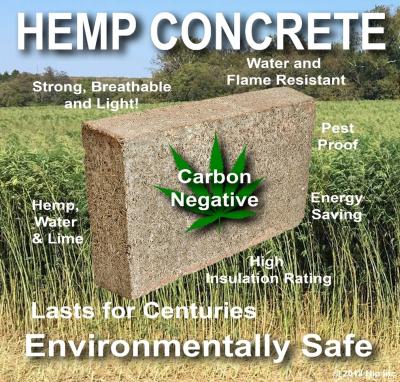
The News 25/10/2025
Hemp-lime (hempcrete) is a non-load-bearing covering material consisting of a hemp wood core (hemp shiv/hurd) combined with a lime-based adhesive, outstanding for its insulation – moisture conditioning – indoor environmental durability; in particular, IRC 2024 – Appendix BL has established a normative line applicable to low-rise housing, strengthening the technical-legal feasibility of this biomaterial.
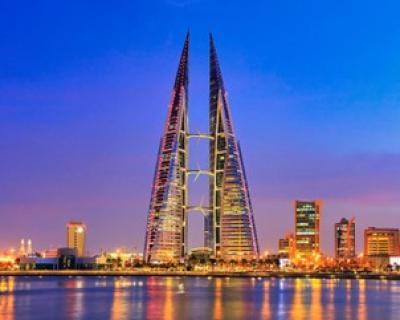
The News 11/10/2025
Amid rapid urbanization and global climate change, architecture is not only construction but also the art of harmonizing people, the environment, and technology. The Bahrain World Trade Center (BWTC)—the iconic twin towers in Manama, Bahrain—is a vivid testament to this fusion. Completed in 2008, BWTC is not only the tallest building in Bahrain (240 meters) but also the first building in the world to integrate wind turbines into its primary structure, supplying renewable energy to itself [1]. This article explores the BWTC’s structural system and design principles, examining how it overcomes the challenges of a desert environment to become a convincing sustainable model for future cities. Through an academic lens, we will see that BWTC is not merely a building but a declaration of architectural creativity.
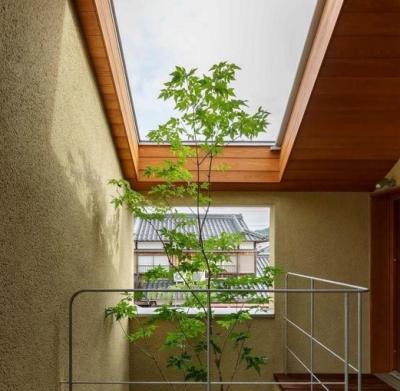
The News 04/10/2025
As buildings move toward net zero architecture and glare free daylighting, traditional glass façades reveal limitations: high thermal conductivity (~0.9–1.0 W/m·K), susceptibility to glare, and shattering on impact. In this context, transparent wood (TW) is emerging as a multifunctional bio based material: it offers high light transmission yet strong diffusion (high haze) to prevent glare, lower thermal conductivity than glass, and tough, non shattering failure. Recent reviews in Energy & Buildings (2025) and Cellulose (2023) regard TW as a candidate for next generation windows and skylights in energy efficient buildings. [1]
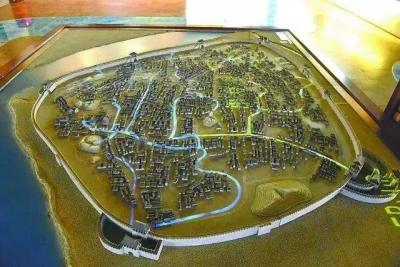
The News 27/09/2025
Urban flooding is one of the greatest challenges of the modern era, when sudden and unpredictable rainstorms can paralyze entire cities. Few would imagine that over a thousand years ago, people had already discovered a sustainable solution: the Fushougou drainage system in the ancient city of Ganzhou, Jiangxi. Built during the Northern Song dynasty, this project remains effective to this day, protecting the city from floods—even during historic deluges. The story of Fushougou is not only a testament to ancient engineering but also a valuable reference for today’s cities seeking answers to water and flooding problems.
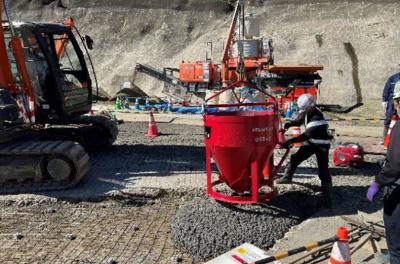
The News 20/09/2025
The construction industry is currently facing immense pressure to reduce carbon emissions, as concrete is not only one of the most widely used materials but also a major source of CO₂ due to its reliance on Portland cement. In response, Shimizu Corporation has conducted extensive research to develop sustainable material solutions aimed at achieving carbon neutrality. One of the most remarkable outcomes is carbon-negative concrete, which partially replaces cement and aggregates with biochar. This biochar is produced from sawdust through a carbonization process and has the unique ability to retain a significant amount of carbon that would otherwise be released into the atmosphere through natural decomposition or combustion. Thanks to this property, carbon-negative concrete not only maintains the necessary mechanical strength for construction but also directly contributes to reducing greenhouse gas emissions. This innovation is considered a promising step that opens new directions for the advancement of green construction in Japan and worldwide.